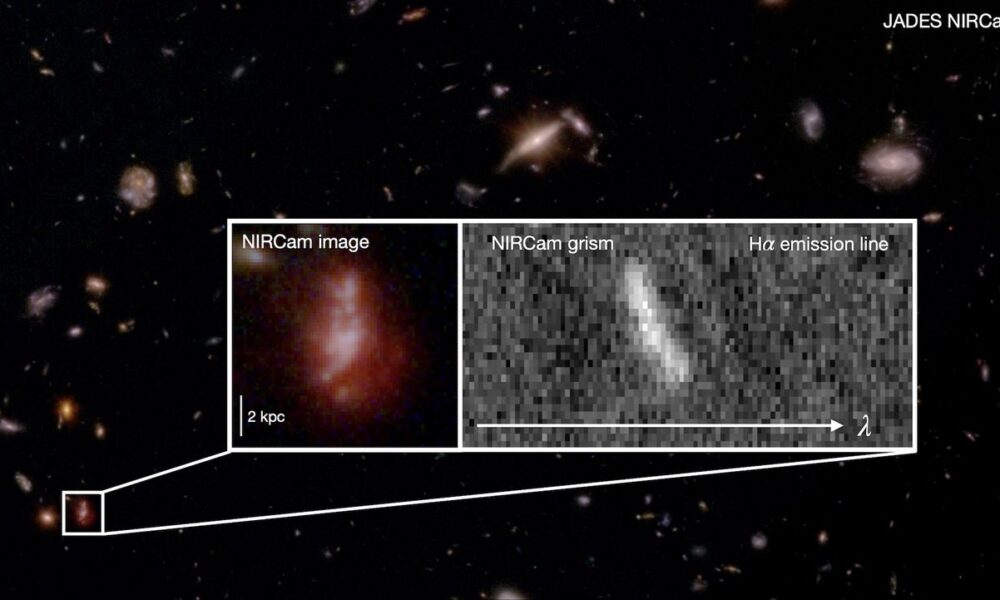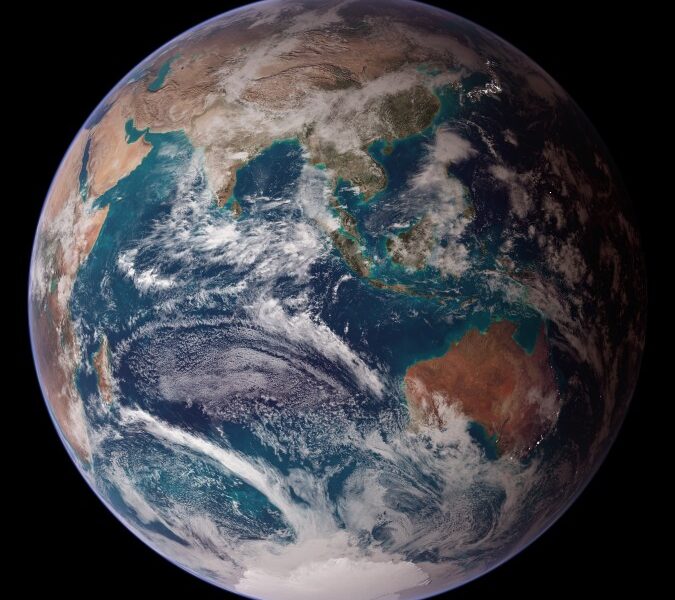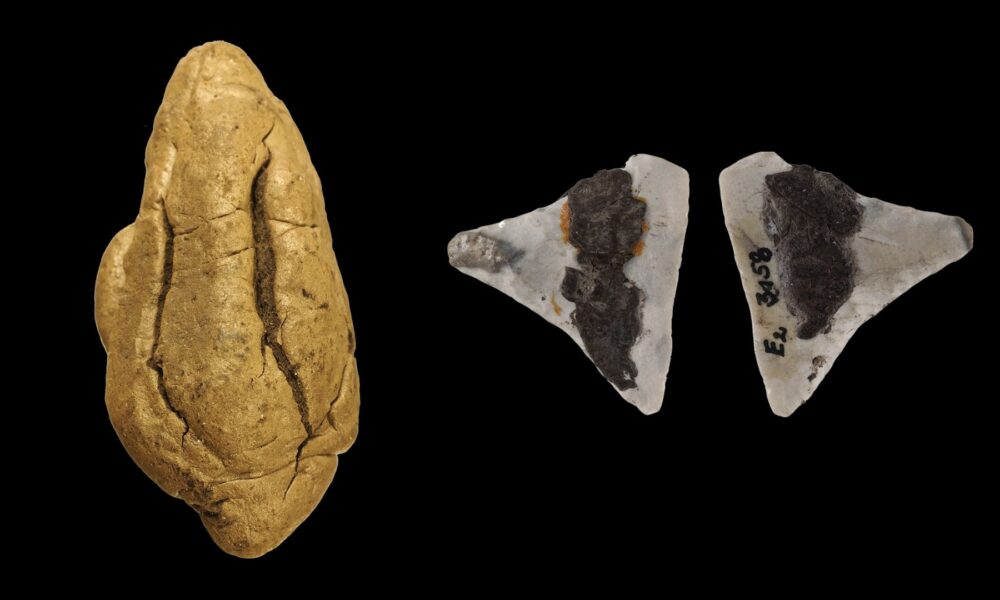Researchers using the James Webb Space Telescope (JWST) have discovered that galaxies in the early universe exhibited significantly more chaos than previously understood. This groundbreaking study examined over 250 galaxies formed between 800 million and 1.5 billion years after the Big Bang, which occurred approximately 13.8 billion years ago. The findings, published on October 21, 2023, in the Monthly Notices of the Royal Astronomical Society, highlight a turbulent phase in the evolution of these cosmic structures.
The research team, led by Lola Danhaive, a doctoral candidate at the University of Cambridge, focused on less massive galaxies, revealing what they termed “messy kinematics.” Unlike the stable, orderly rotations seen in more mature galaxies such as the Milky Way, these younger galaxies displayed significant instability. Danhaive noted that earlier studies often overlooked these less massive galaxies, leading to an incomplete understanding of galaxy formation.
High levels of turbulence characterized this earlier phase of the universe, driven by substantial amounts of gas fueling intense star formation. “We find evidence that this turbulence in the galaxy disk is caused by high amounts of gas, which fuels intense star formation and drives gravitational instabilities,” Danhaive explained. The researchers traced how galaxies transitioned from these chaotic beginnings to the more structured forms seen in later cosmic history.
Insights into Galaxy Evolution
The study provides an unprecedented view into how galaxies mature over time. Initially, galaxies experienced strong bursts of star formation alongside significant gaseous disruptions in their disks. As time progressed, they accumulated mass and became more stable. The transition to structures like the Milky Way occurred more recently, as the available gas diminished due to star formation, allowing for smoother growth and evolution.
The JWST played a crucial role in this study, positioned in a stable area of space far from Earth’s light pollution. Its advanced infrared capabilities allow it to observe galaxies that are among the earliest in the universe. Danhaive emphasized how the observatory, combined with simulations, enhances understanding of “bursty” star formation and the impact of gas dynamics on galaxy disks.
Future Research Directions
Moving forward, the research team aims to investigate the inflows and outflows of gas in individual galaxies, focusing on how gas chemistry varies across these flows. They hypothesize that inflowing gas will be less chemically enriched, or “pristine,” while outflowing gas will show a higher concentration of elements produced by stars within the galaxy. This examination could clarify the reasons behind differing rotational speeds among galaxies.
“The potential for discovery remains vast with the JWST’s capabilities,” Danhaive said, expressing excitement for future explorations into early galaxy formation. As researchers continue to delve deeper into the mysteries of the universe, the James Webb Space Telescope stands at the forefront, transforming our understanding of cosmic history.






